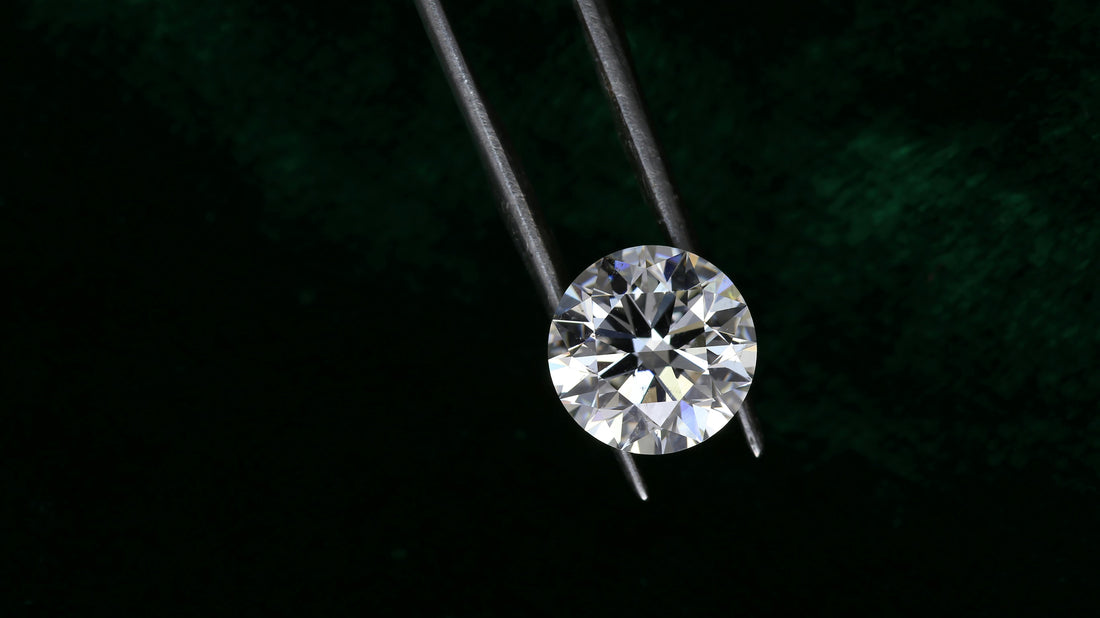Cubic Zirconia, often abbreviated as CZ, is a synthetic gemstone that has gained popularity as a cost-effective alternative to diamonds1. This human-made gemstone is created in laboratories and closely resembles a diamond in appearance23.
What is Cubic Zirconia?
Cubic Zirconia is the cubic crystalline form of zirconium dioxide (ZrO2)1. The synthesized material is hard, usually colorless, but can be made in a variety of different colors1. It should not be confused with zircon, which is a zirconium silicate (ZrSiO4)1.
How is Cubic Zirconia Made?
Cubic Zirconia is created in laboratories through a process called the Verneuil method4. In this process, powdered ingredients are melted and then cooled to form crystals4. During synthesis, zirconium oxide naturally forms monoclinic crystals, which are stable under normal atmospheric conditions1. A stabilizer, typically either yttrium or calcium oxide, is required for cubic crystals to form and remain stable at ordinary temperatures1.
Physical and Optical Properties
Cubic Zirconia is a dense substance, with a density between 5.6 and 6.0 g/cm3—about 1.65 times that of diamond1. It is relatively hard, 8–8.5 on the Mohs scale—slightly harder than most semi-precious natural gems1. Its refractive index is high at 2.15–2.18 (compared to 2.42 for diamonds) and its luster is adamantine1. Its dispersion is very high at 0.058–0.066, exceeding that of diamond (0.044)1. Cubic Zirconia has no cleavage and exhibits a conchoidal fracture1. Because of its high hardness, it is generally considered brittle1.
Cubic Zirconia vs. Diamond
Cubic Zirconia and diamonds are both popular choices for jewelry, but they differ significantly in composition, durability, brilliance, and cost2. Diamonds are natural or lab-grown gemstones composed of carbon atoms arranged in a crystal lattice, renowned for their hardness and sparkle2. Cubic Zirconia, on the other hand, is considerably softer and less brilliant than a diamond2. In terms of budget, diamonds are substantially more expensive due to their rarity and the labor-intensive mining process, even reaching thousands or tens of thousands of dollars2. Cubic Zirconia is a more budget-friendly option, often costing as little as a few dollars for a one-carat stone.
Conclusion
Cubic Zirconia offers a cost-effective alternative for those who love the look of a diamond but are on a budget. While it may not have the same brilliance or hardness as a diamond, its close visual likeness and lower cost make it a popular choice for many. Whether you choose a diamond or Cubic Zirconia for your jewelry, the most important thing is that it brings you joy and complements your personal style.

